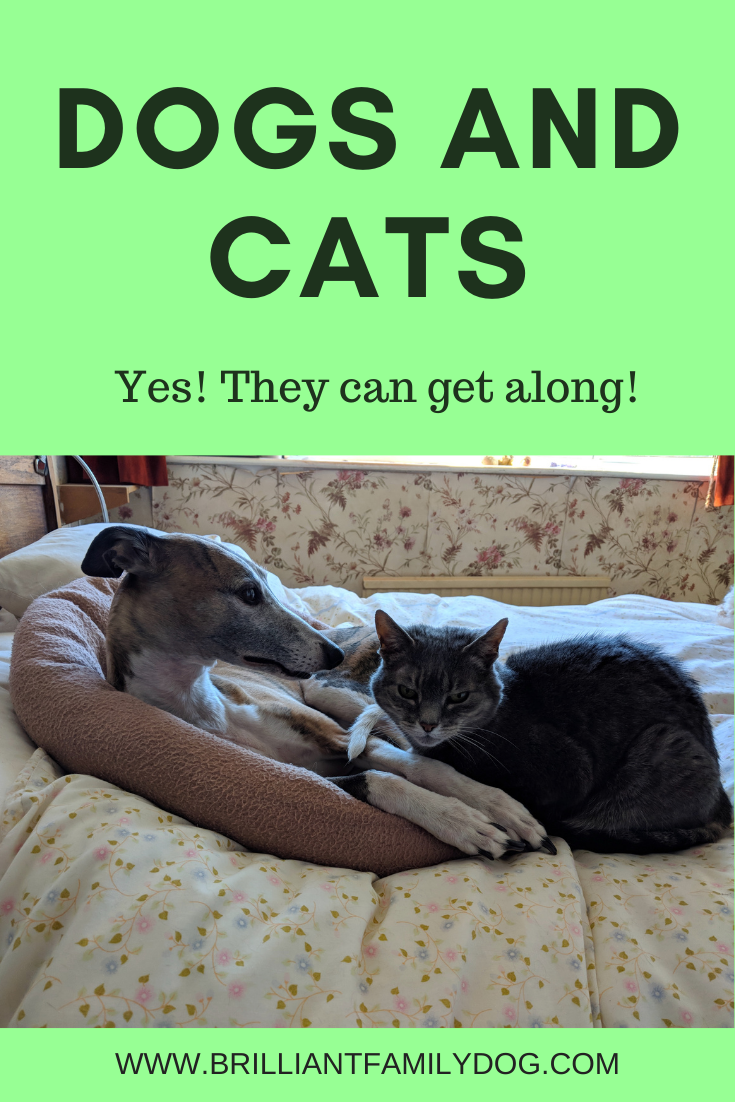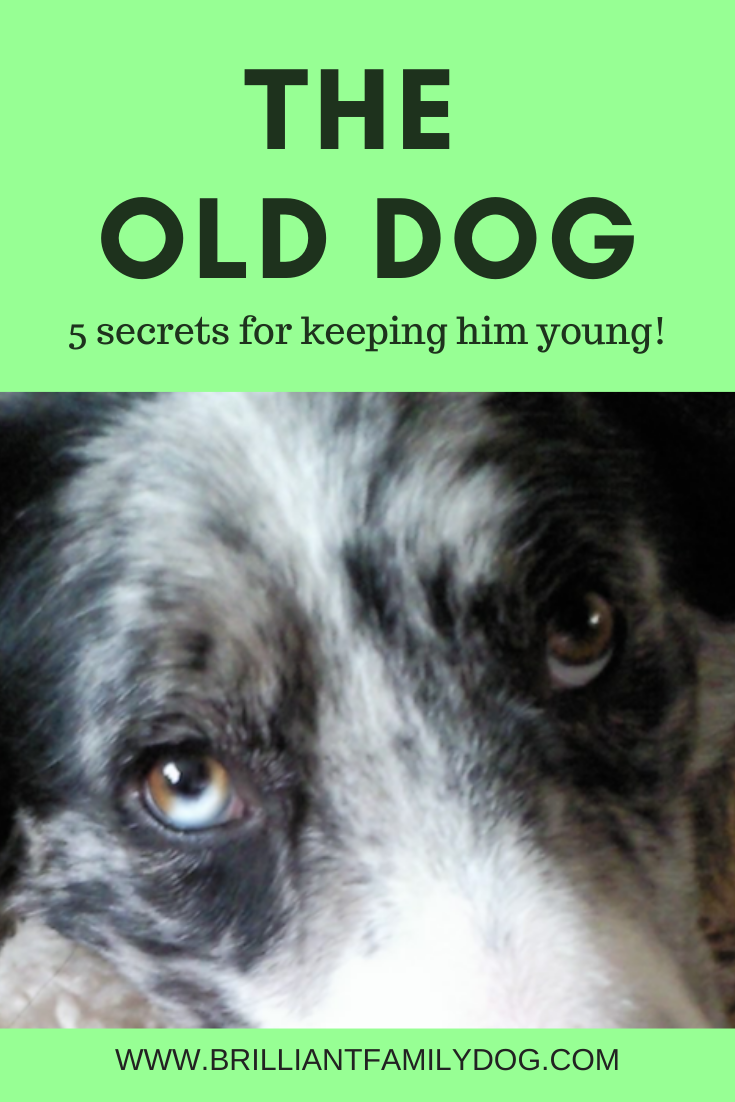You enjoy having one dog so much, that you decided to get two.
And that’s where your troubles may have begun.
Carefully introduced, the dogs will get on famously and become firm friends.
In the image above, Lacy is chewing a bone while Cricket enjoys her body-heat. Both dogs content.
But sometimes things go wrong, and you find that either
🐾 the older dog resents the newcomer
OR
🐾 the newcomer rocks the boat and starts bossing the old guy around.
Either way, it was your choice to get a second dog, not the present incumbent’s choice. So you have to make sure to disrupt the dogs’ lives as little as possible while they learn that neither of them has anything to fear, and that they can trust you.
Have a look at this post which gives you guidelines to follow. Do follow them rigidly! Don’t rush ahead, or cut corners. This system works, whether your first dog is reactive or not, and whether you’re introducing a puppy or an adult dog into the mix.
Resource Guarding
Often, fights are a form of resource guarding. One dog has something and doesn’t want to share it, or lose it. This could be a sleeping place, a food bowl, or you and your attention.
So it’s essential to show your worried dog that he has nothing to fear over losing valued resources. Teaching turn-taking is an important part of the smooth running of a multi-dog household, and the easiest way to teach this is
Teach Impulse Control around food
Line the dogs up and say “Name, here,” as you hand a treat to one, and “Other name, here you go,” as you feed the other. Do this randomly, at odd times, and in a different order, and reward their patience warmly.
Along with spending a lot of time with each dog individually, and using a force-free training program to build an unbreakable bond with each dog, you can remove daily friction from their lives so that these tiffs become a thing of the past.
Here’s where you can start to develop a new way of interacting with your dogs!
Odd dog
If one dog is ill or injured, the change in appearance or smell could upset the status quo. Similarly if one of them is undergoing a lot of hormonal change, this can stir things up. Before you do anything about this possibility, check out this post. (The changes are not what you may think!)
Fight!
If you’ve got fights going on already, you need to act immediately to change your systems. What may appear simply a spat can result in horrible (and expensive) physical damage, not to mention poisoning the atmosphere afterwards.
So turn your home into a village. Baby gates, crates, and playpens are your friends! It’s important to give each dog space to relax without fear. If the dogs are on edge all the time, this is no fun for anyone. Operate an airlock system if necessary, to move dogs around.
This is a lot easier than it sounds, but you have to make sure the whole family is on board with the new plan.
I never want to take the chance of coming home and finding bits of dog splattered about the place - just because someone knocked on the door at the same time as a gunshot sounded, or a dog barked. So my dogs each have their own place where they are secluded and safe. When I arrive home I am greeted by happy, cool, snoozy dogs. Once you establish a system it’s very easy to do, and the dogs are all happy.
Serious fights
If you’re suffering from fights that cause serious damage - especially if both are bitches, and/or terriers - then you may have no option but to rehome the new dog. I’d see this as a last resort. But if the quality of life for the household is suffering, and you have tried everything above without success, you may have to accept that this is the best course of action.
And before you consider another new dog, study the article linked at the top of this post, on how to introduce your dogs successfully!























